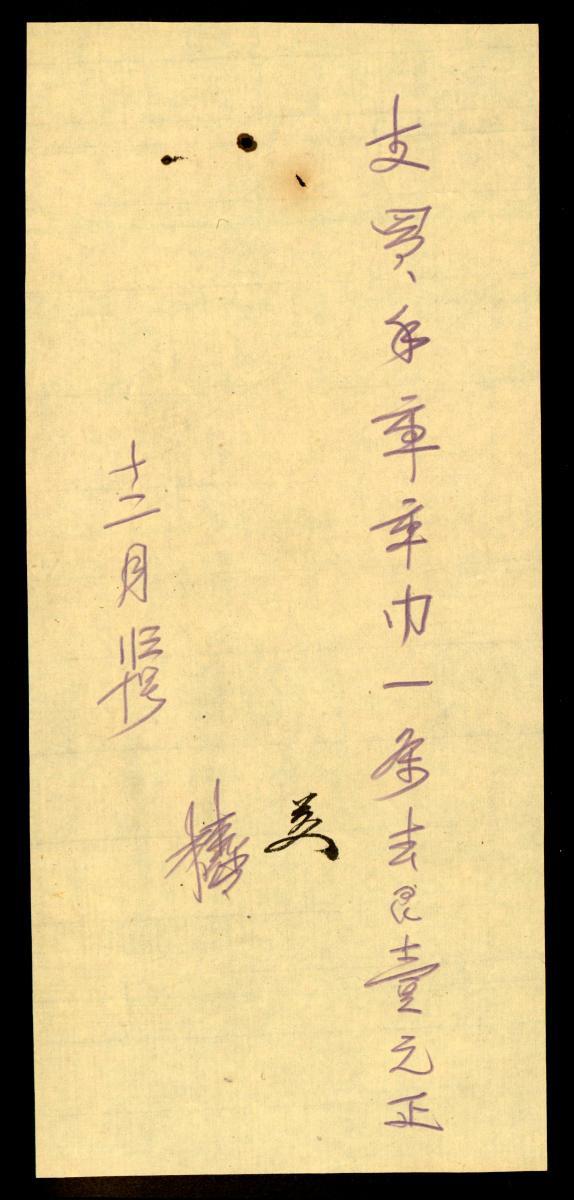A large two-door cabinet finely decorated on the exterior with borders of ivory inlay, in the form of floral meanders framed by thin beaded bands. It opens to reveal a series of inner drawers of different sizes, each decorated on the front with flowering plants typical of Shah Jahan’s period (r. 1627–1658). Borders similar to those on the exterior decorate the inside of the doors and frame diagonal pairs of larger flowering plants, namely lilies. This decoration follows the Mughal style of placing rows of foliage against a plain background, a style used widely and applied to a variety of mediums during the reign of Shah Jahan, including works on paper, textiles, and carpets. It is also found on contemporary buildings in what was then the Mughal capital, Agra, such as the Saman Burj and the Taj Mahal. Two-door cabinets of this type replaced fall-front cabinets as the dominant form produced by furniture-making workshops in western India (Gujarat and Sindh) and on the Malabar Coast toward the mid-seventeenth century. The design of these cabinets was heavily influenced by demand from Portuguese and other European traders active in western India at the time. Although inlaid cabinets were produced for export and also for the local markets, there are reasons to believe that this cabinet may have been produced at the court. Similar decoration is found on other examples of courtly art and the inlay is of the highest quality. Only a small group of about ten cabinets of this type has been identified. This cabinet, once in the collection of the painter and noted collector of Indian art, Sir Howard Hodgkin, beautifully represents the fusion of Mughal decorative motifs, Indian materials and techniques, and European furniture forms.















